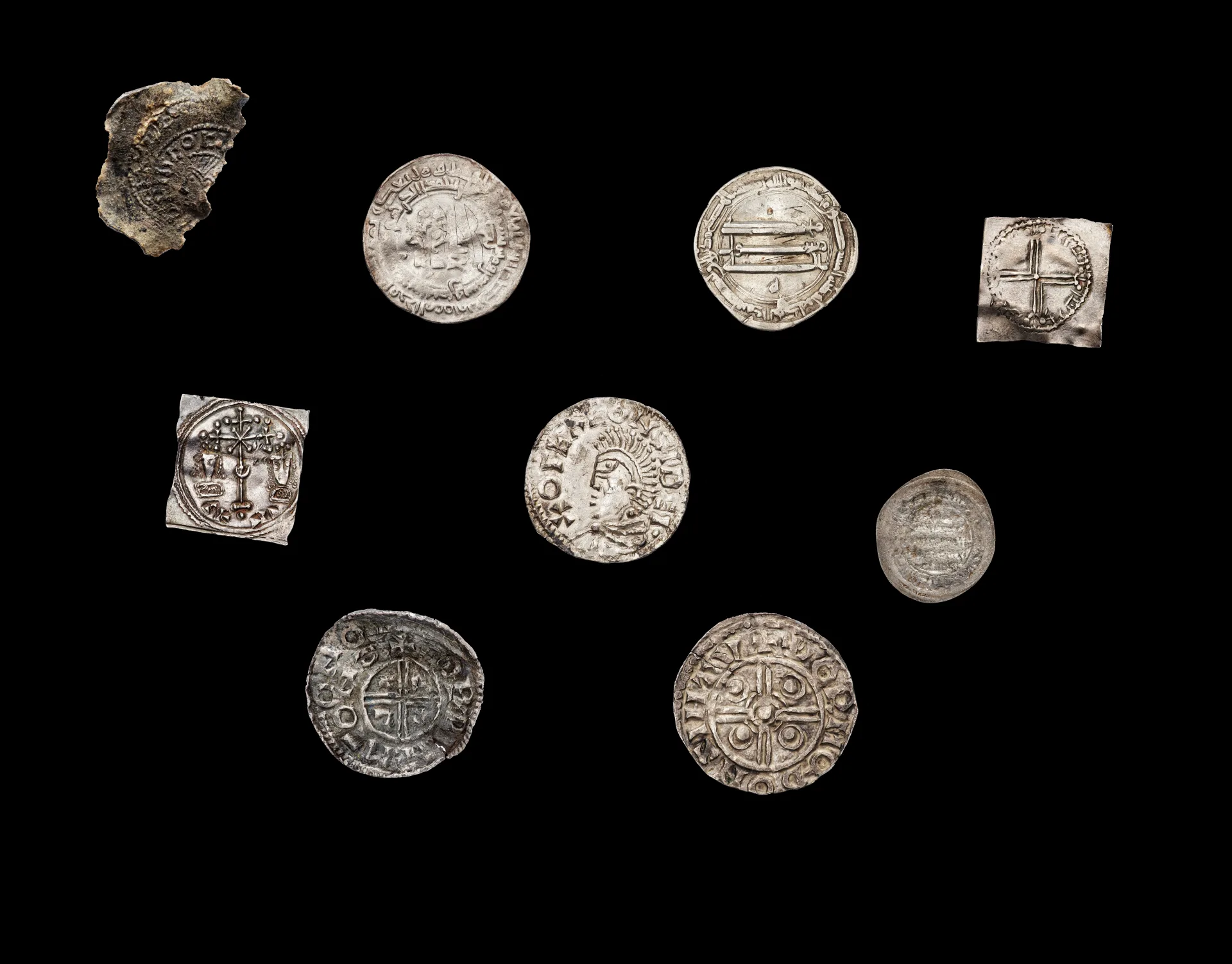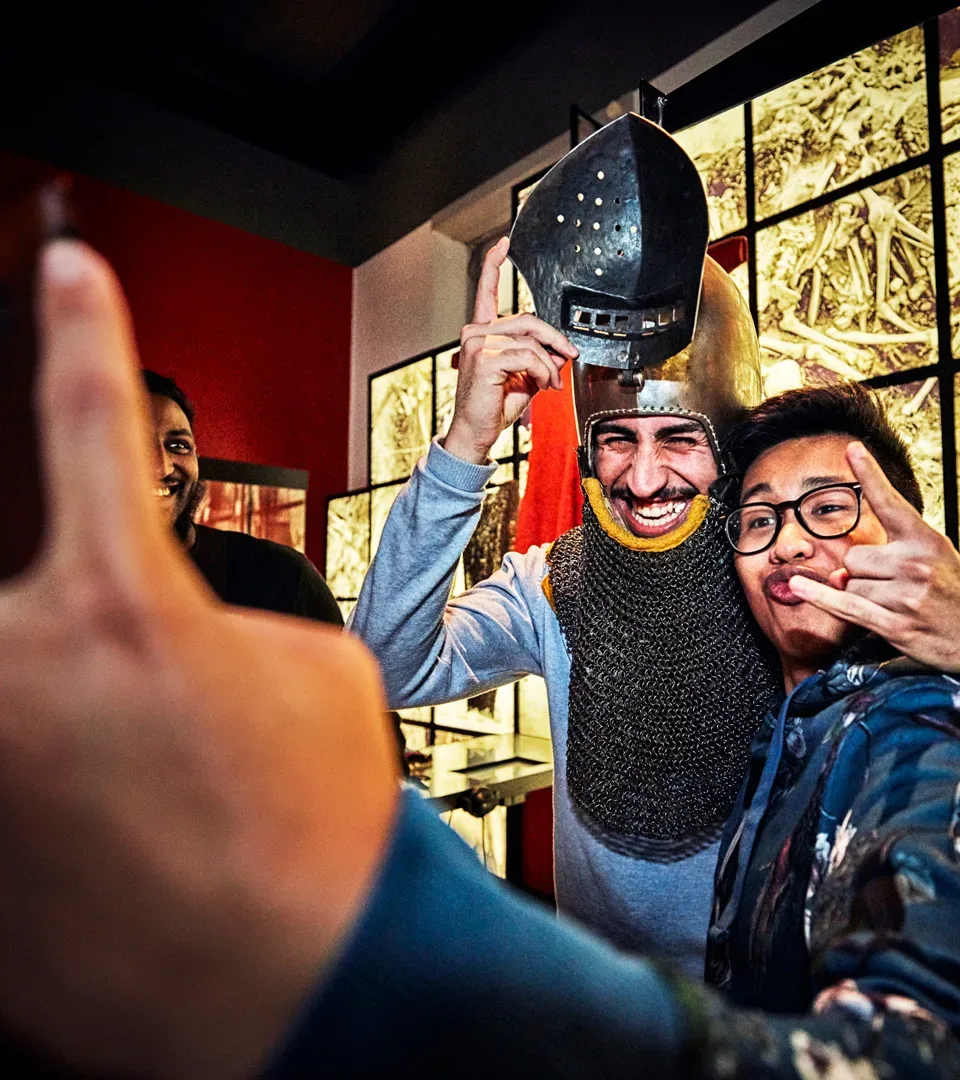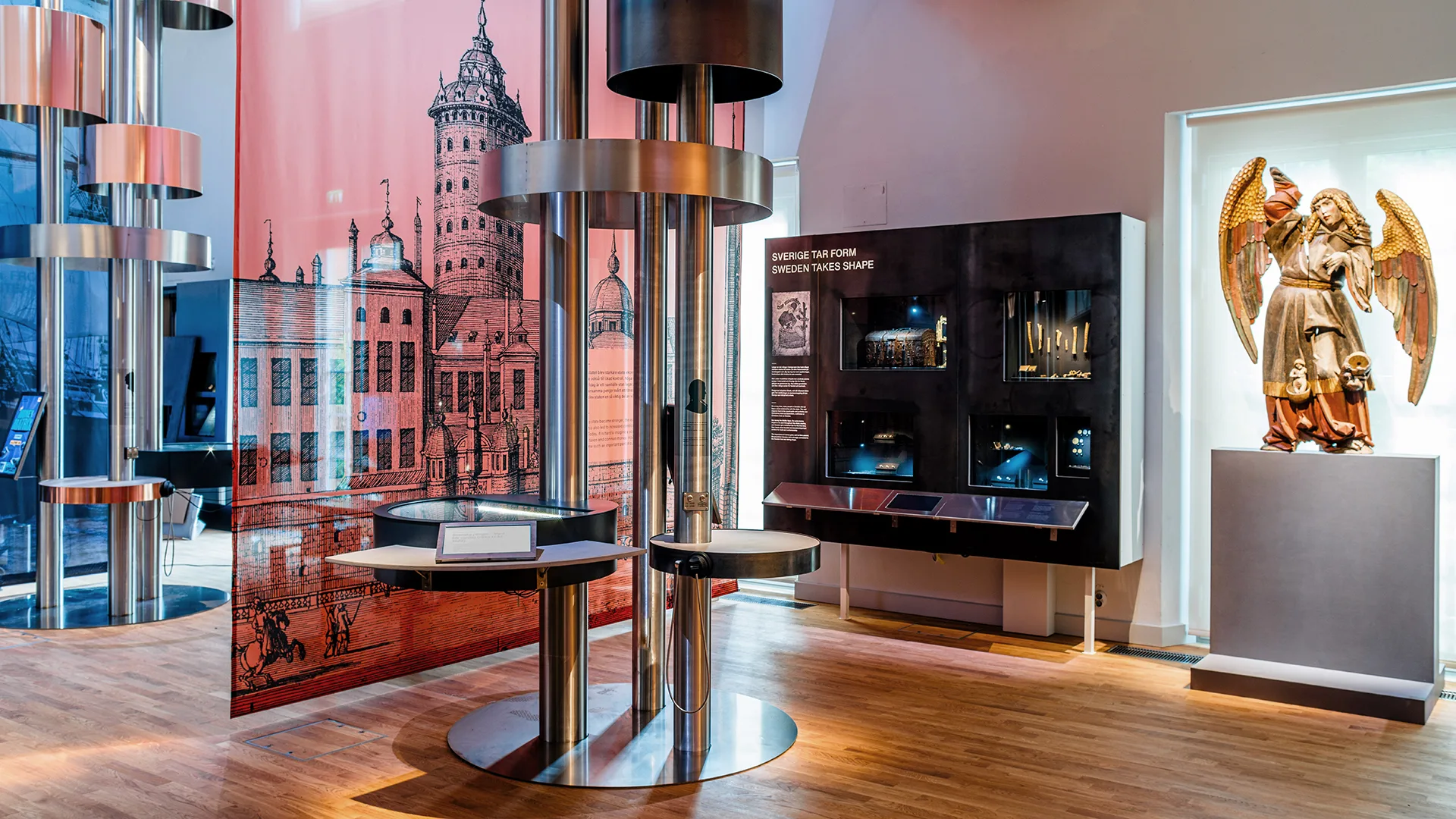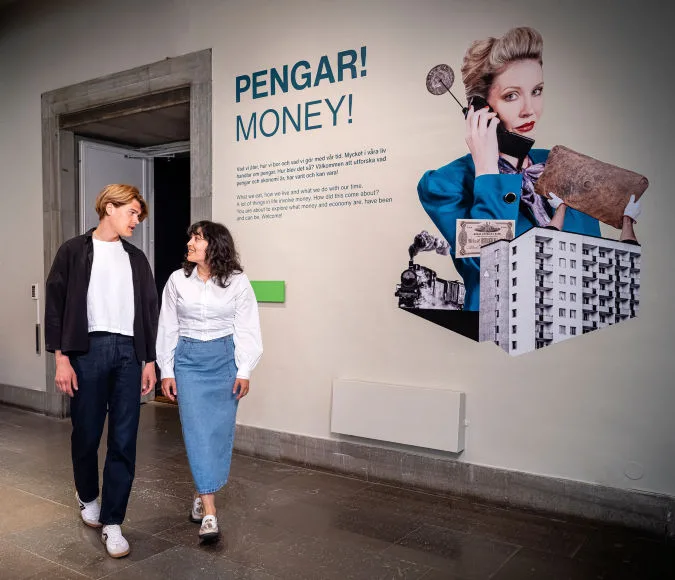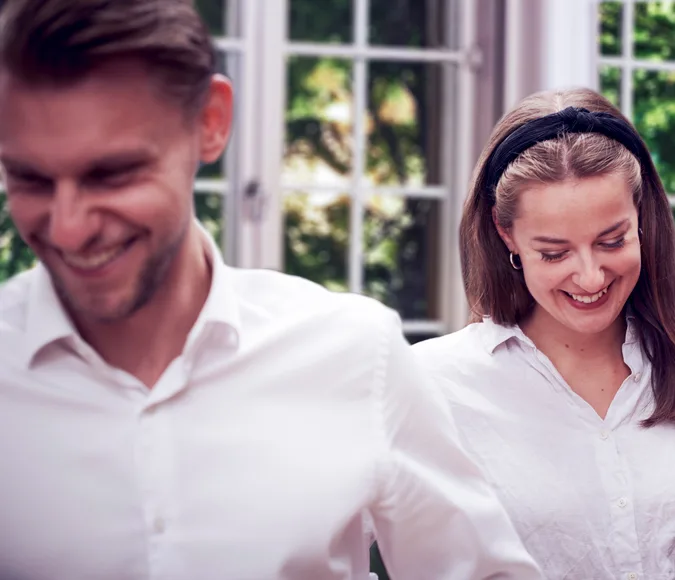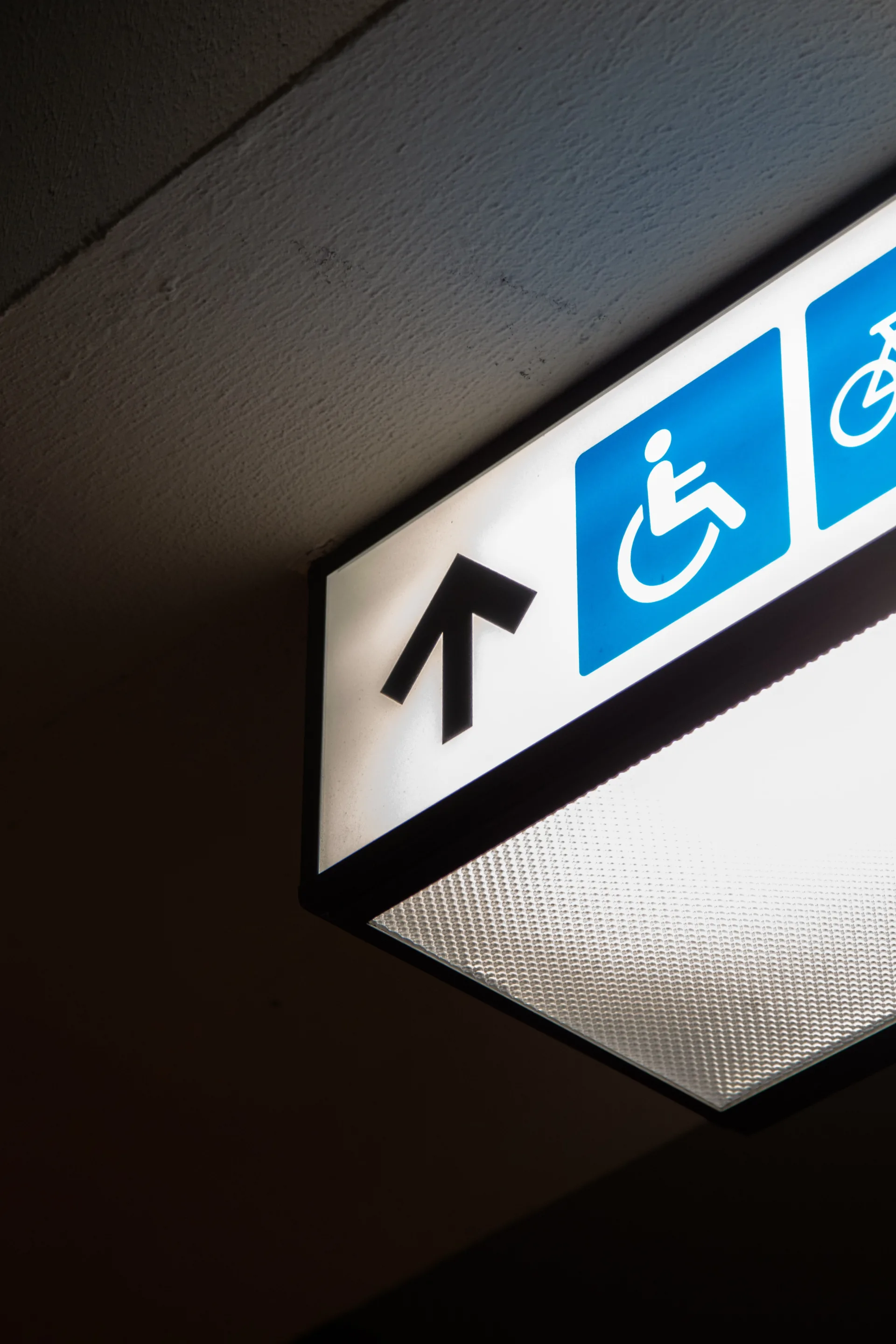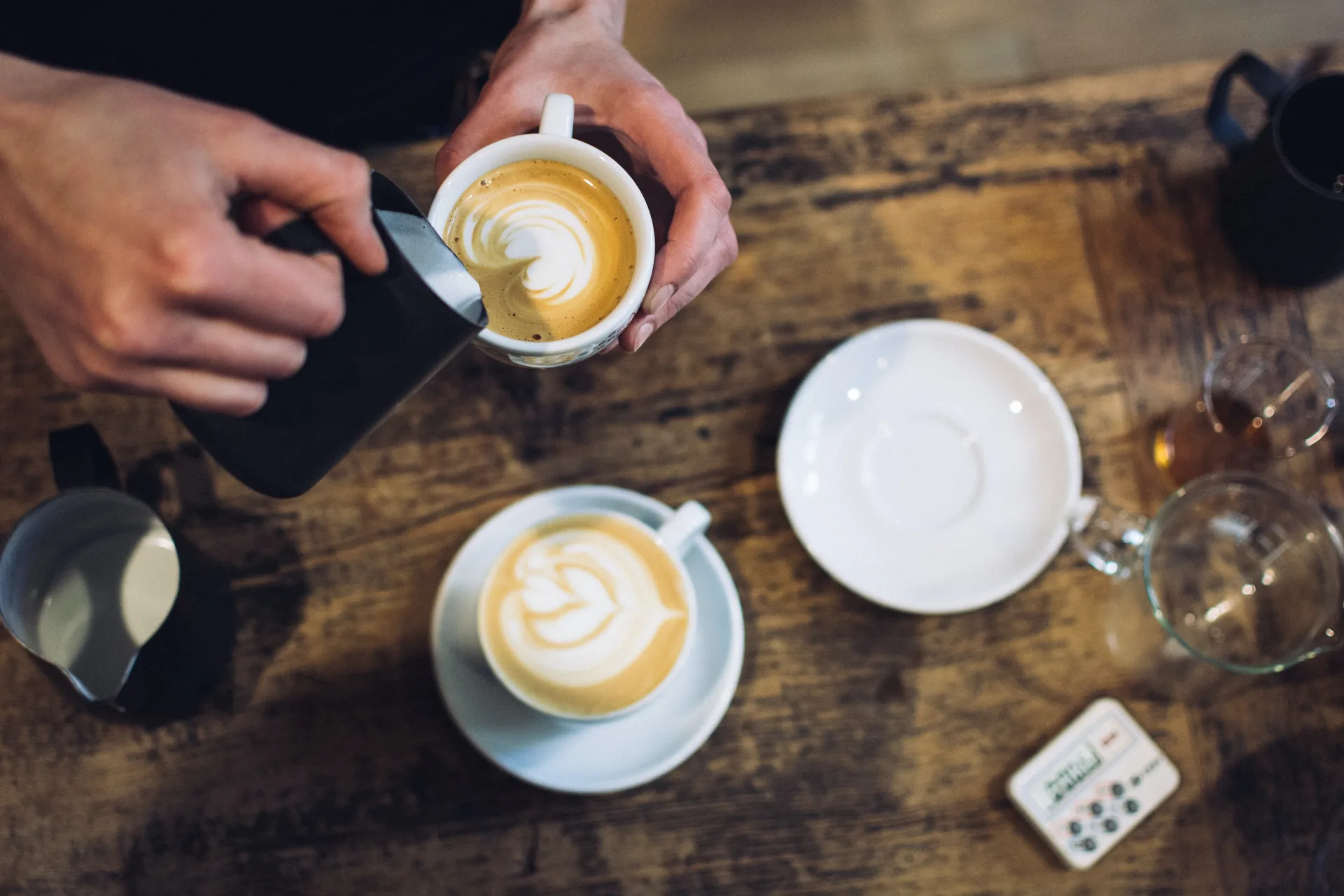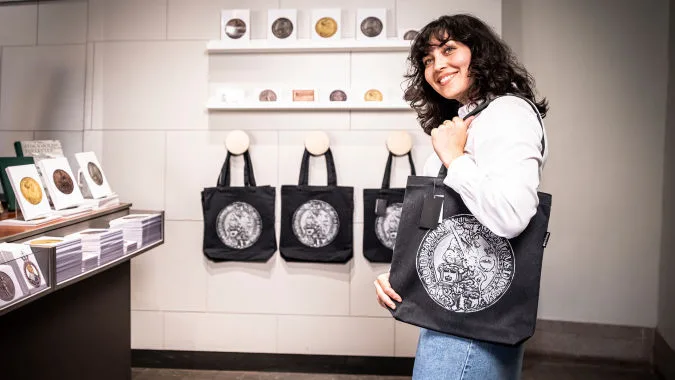History of the Museum
Key history moments
16th century
Circa 1572
Johan III's chancellery clerk Rasmus Ludvigsson collects old Swedish coins as part of the dispute with Denmark over the right to include three crowns in the national coat of arms.
1599
A large number of medieval coins are discovered in Tystberga Parish in Södermanland, and become part of the royal collection.
17th century
1630
Gustav II Adolf bequeaths old coins to the collection.
Circa 1650
Queen Kristina receives considerable coin and medal gifts from her cousin Karl Gustav (Karl X Gustav) – all of them plundered during the Thirty Years' War.
1654
Queen Kristina leaves Sweden and takes the coin collection with her to Amsterdam.
1666
The College of Antiquities is established at the Gustavianum in Uppsala, and is tasked with collecting antiquities.
1690s
Elias Brenner and Nils Keder work as numismatically trained officials at the Antiquities Archive, which replaces the College of Antiquities in 1692. In 1697, a fire breaks out in the castle. The collections are rescued and transported to Helgeandsholmen.
1693
Karl XI repurchases coins pledged by Queen Kristina in Amsterdam.
18th century
1731
Count Jacob Cronstedt's Roman coin collection is purchased for 48,000 daler K.M.
1744
Magnus von Bromell's extensive Swedish coin collection is purchased by the state in 1734 and is presented as a gift to Queen Ulrika Eleonora. After her death, it is transferred to the Royal Coin Cabinet.
1746
Crown Princess Lovisa Ulrika purchases Carl Gustav Tessin's large coin and medal collection for 135,370 daler K.M.
1751 – 1777
The Swedish cabinet minister Carl Reinhold Berch is head of the Royal Coin Cabinet and makes important contributions to research in the field of numismatics.
1762
Queen Lovisa Ulrika is forced to hand over her collections to the state in compensation for the sums that the state must pay in connection with the queen's massive debts to creditors.
1769
The collections are moved to the newly constructed Stockholm Castle.
1786
The Royal Academy of Letters is established and becomes the owner of the collection.
1793 – 1816
The collections become part of the Royal Museum, an art museum. From 1816 they are moved back to the Royal Academy of Letters.
19th century
1832 – 1879
The period of professional activity of Bror Emil Hildebrand, who plays an important role in the development of the Royal Coin Cabinet.
1844 – 1845
The Royal Coin Cabinet moves from Stockholm Castle to Ridderstolp House on Skeppsbron.
1846
In 1846, the coins and medals are displayed in public in Sweden for the first time, in connection with the opening of a public exhibition in Ridderstolp House.
1857
Diplomat Gustaf Lorich's collection of Celt-Iberian coins is purchased.
1863
The extensive De Geers coin collection is donated by Charlotte von Platen.
1865
The collections of the Royal Coin Cabinet are moved to the new national museum building. Other collections belonging to the Royal Swedish Academy of Letters, History and Antiquities had also been moved to this location, which soon became the National Historical Museum.
1866
In 1866, Nationalmuseum is inaugurated on Blasieholmen.
18th century
1940
Until 1940, the Royal Coin Cabinet had an exhibition on the ground floor of Nationalmuseum.
1938 – 1948
The Royal Coin Cabinet and the National Historical Museum move to new premises at Narvavägen-Storgatan on Östermalm. New exhibitions are inaugurated.
1948
The Corpus Nummorum Saeculorum (CNS) project is launched. An international publication of coin treasures of the Viking age.
1959
The “Coins of the Swedish Possessions” room is completed.
1970
A permanent exhibition, “Coins of the World”, is inaugurated.
1974
Svenska Handelsbanken's “Bank Museum” is incorporated into the Royal Coin Cabinet.
1975
The Royal Coin Cabinet becomes an independent museum within the newly formed Swedish National Heritage Board and National Historical Museums.
1981
The project known as “Sweden's Monetary History – The Provincial Inventory” is launched. Swedish coin finds are published by historical province.
1985
The Royal Coin Cabinet starts a collaboration with Sweden's savings banks to jointly create an “economy museum” – the first of its kind in Europe.
1997
On 11 June, the exhibitions are inaugurated by Carl XVI Gustaf.
1996
The museum moves to new premises at Slottsbacken 6 in Stockholm’s Old Town. The museum changes its name from the Royal Coin Cabinet – The National Museum of Coin, Medal and Monetary History to the Royal Coin Cabinet – National Museum of Economy.
1999
In January 1999, a new agency is formed: National Historical Museums. This public authority includes the Historical Museum, the Royal Coin Cabinet and the Museum of Mediterranean and Near Eastern Antiquities. In 2000, the Museum of Mediterranean and Near Eastern Antiquities is transferred to the National Museums of World Culture, another public authority.
21st century
2005
Tumba Bruksmuseum is inaugurated. The exhibitions are produced by the Royal Coin Cabinet.
2013 – 2020
In 2013, it is discovered that objects were missing from the collections of the Royal Coin Cabinet. A police investigation is launched, and an extensive and systematic inventory of the collections is conducted. In total, about 1500 objects are reported missing to the police – mainly gold and silver coins. The 2020 documentary mini-series Guldfeber recounts the story of the thefts.
2017
The exhibitions at Slottsbacken 6 are closed.
2015
National Historical Museums implements an organisational change. The contract archaeology service known as The Archaeologists, which previously belonged to the National Heritage Board, becomes part of the agency.
2016
Due to a sharp increase in rental costs, the decision is made to move the Royal Coin Cabinet from Slottsbacken 6.
2018
In January 2018, National Historical Museums is expanded to include the Royal Armoury, the Hallwyl Museum and Skokloster Castle.
2019
The Royal Coin Cabinet moves from Slottsbacken 6 to Narvavägen-Storgatan – the same building as the Swedish History Museum.
December 2020
The first temporary exhibition, Hyperinflation, opens after the move to the premises of the Swedish History Museum.
August 2022
The museum closes temporarily to build permanent exhibitions.
April 2021 – October 2022
The museum presents the temporary exhibition 'Hyperinflation – Involuntary Millionaires and Worthless Money' at Narvavägen.
June 2024
On June 1st, the museum reopens at Narvavägen with the permanent exhibitions MONEY! and The Economy Lab.
